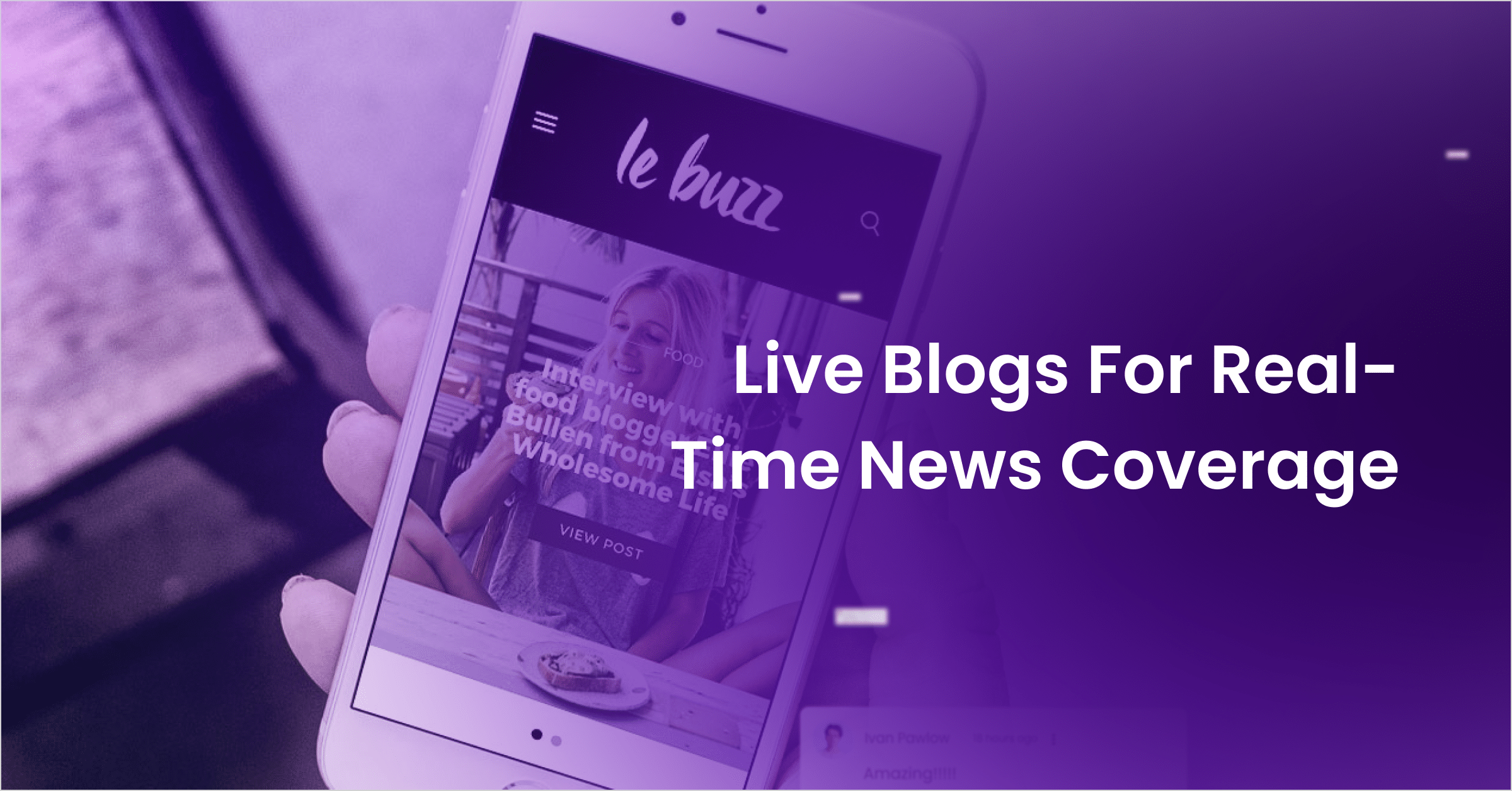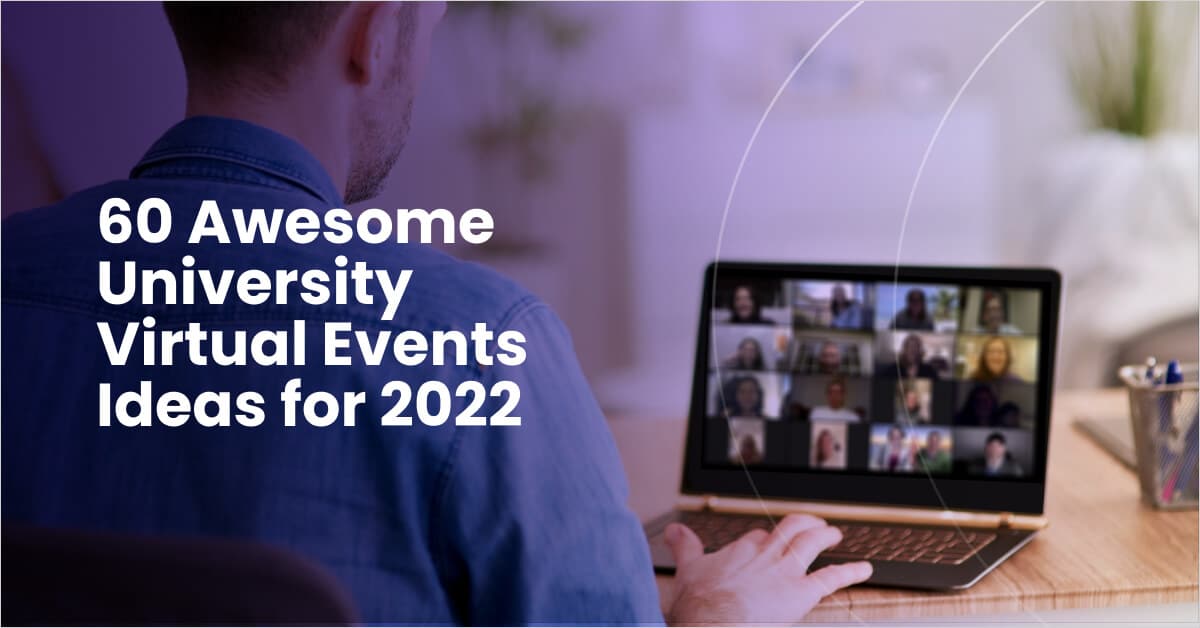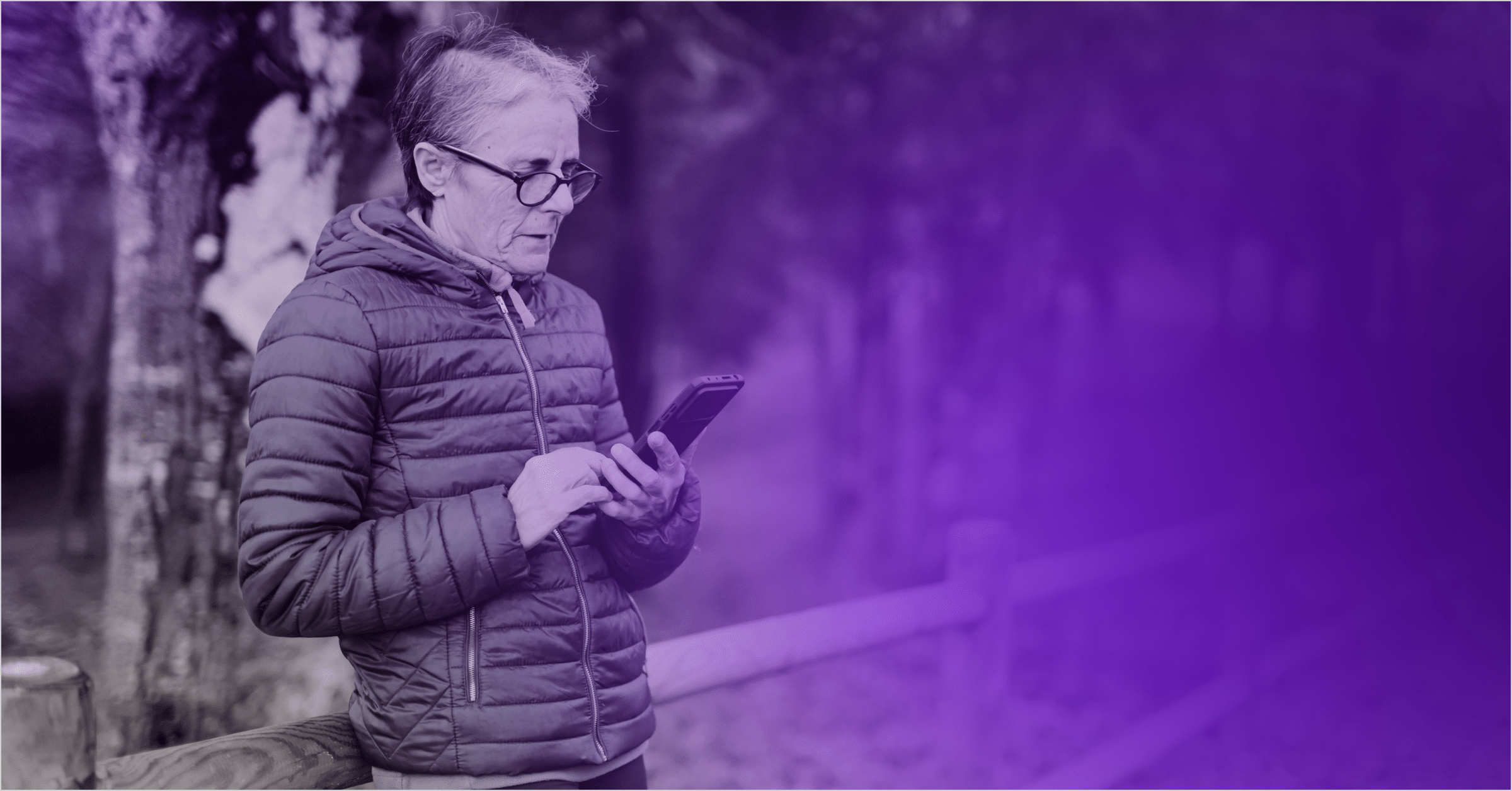You’re scrolling through your feed, and suddenly, a breaking news alert pops up. You want details, and you want them now. That’s where live blogging comes in.
Imagine getting updates in real-time, as events unfold, complete with images, videos, and even social media posts. It’s like being at the scene without leaving your couch.
Live blogging has become a go-to method for delivering news quickly and engagingly. Here’s how it works and why it’s so effective.
What is Live Blogging?
Live blogging is a form of real-time reporting that delivers breaking news and events to readers as they unfold. For a comprehensive understanding, check out this ultimate guide to live blogging.
In a world where attention spans are short, and immediacy is paramount, waiting for a full news article can seem like an eternity. Live blogging bridges that gap.
With tools like Arena’s Live Blog, businesses can share instant news, engage readers, and keep audiences informed as stories unfold in real time.

How to Improve Audience Interaction with Live Blogs
Live blogs are a powerful tool to engage your audience in real time. By providing up-to-the-minute updates, you keep readers connected and invested in your content.
Strategies for Increasing Audience Interaction
To boost engagement with your live blog, consider these strategies:
- Enable Comments and Feedback: Encourage a two-way conversation by allowing readers to share their thoughts and questions directly on the live blog.
- Use Multimedia Content: Incorporate images, videos, and interactive elements to make the content more appealing.
- Integrate Social Media Interaction: Embed live social media feeds or encourage readers to participate using specific hashtags.
- Offer Exclusive Content: Provide insights or updates that readers can’t find elsewhere.
- Maintain a Consistent Posting Schedule: Keep updates frequent and regular to retain readers’ attention.
Types of Events Suitable for Live Blogging
Not every event is a good fit for traditional reporting. Some moments demand the immediacy and engagement that only live blogging can provide.
Breaking News Stories
Breaking news stories are prime candidates for live blogging. When major events occur—such as natural disasters, political developments, or significant incidents—live blogging allows you to provide updates as situations unfold.
- Real-Time Information: Keep your audience informed with the latest developments.
- Contextual Reporting: Provide background information to help readers understand the significance.
Sports Events
Sports events are an excellent fit for live blogging. Whether it’s a football match, a tennis tournament, or the Olympics, live blogging captures the excitement of the game in real time.
- Minute-by-Minute Updates: Share scores, key plays, and player performances.
- Fan Engagement: Include reactions from fans and athletes through social media integration.
Political Events
Political events such as elections, debates, and legislative sessions are ideal for live blogging. Real-time updates help your audience stay informed about critical developments.
- Instant Analysis: Provide immediate insights and fact-checking.
- Public Participation: Encourage readers to share their opinions and questions.
Entertainment and Cultural Events
Entertainment and cultural events—including award shows, music festivals, and film premieres—are perfect for live blogging.
Multimedia Enhancements: Use photos and videos to bring the event to life.
Exclusive Coverage: Offer updates on winners, performances, and red-carpet appearances.
How to Create an Engaging Live Blog in 6 Steps
Creating a live blog that holds your audience’s attention requires more than just reporting facts. It demands preparation, context, and a sprinkle of multimedia magic.
1. Choose the Right Platform
Selecting the right platform sets the foundation for successful live blogging. Look for a platform that offers:
- Real-Time Updates: Ensure your content reaches readers instantly.
- Multimedia Support: Incorporate images, videos, and interactive elements seamlessly.
- User-Friendly Interface: Make it easy for your team to publish and manage content.
- Integration Capabilities: Embed the live blog on your website without technical hurdles.
Consider a WordPress live blog setup for a seamless experience.
2. Prepare in Advance
Preparation is key to a smooth live blogging experience:
- Research the Event: Gather background information and anticipate key moments.
- Set Up Resources: Ensure all equipment and software are functioning properly.
- Plan Your Coverage: Outline the topics and multimedia elements you intend to include.
3. Provide Context and Background
Offering context helps your audience understand the significance of the event:
- Background Information: Include brief summaries of previous developments.
- Key Players: Highlight important figures involved in the event.
- Relevant Links: Provide links to related articles or resources.
4. Use Multimedia Elements
Incorporating multimedia elements enhances the visual appeal of your live blog:
- Images: Use photos to illustrate key points and break up text.
- Videos: Share clips that enhance understanding or provide real-time context.
- Social Media Posts: Embed relevant tweets or posts to add diverse perspectives.
- Interactive Elements: Include polls or interactive charts to engage readers.
5. Encourage Audience Interaction
Engaging your audience through interaction makes your live blog dynamic:
- Enable Comments: Allow readers to share thoughts and questions.
- Respond Promptly: Engage with your audience to foster a sense of community.
- Use Hashtags: Encourage participation through specific hashtags on social media.
6. Maintain a Clear and Concise Writing Style
Clarity and conciseness are vital in live blogging:
Avoid Jargon: Use language that is accessible to all readers.
Short Sentences: Make updates easy to read and understand.
Bullet Points: Use lists to highlight key information.
Best Practices for Live Blogging
You’ve got the basics down, but what about fine-tuning your live blogging to make it truly exceptional? Here are some best practices to keep in mind.
Verify Information
Accuracy is paramount in live blogging. Before posting any updates, double-check your sources. Use reliable and credible information to maintain trust with your audience. Cross-reference facts with multiple sources to ensure the information is correct. Avoid spreading rumors or unverified news, as this can damage your credibility. Always attribute your sources clearly, so readers know where the information is coming from.
Prioritize Key Updates
In the fast-paced environment of live blogging, not every detail is equally important. Focus on the most significant developments first. Highlight key events, major announcements, and critical moments. This helps your audience quickly grasp the most important aspects of the story. Use bullet points or bold text to make these updates stand out. Prioritizing key updates ensures that your readers get the most relevant information without having to sift through less important details.
When looking for a Live Blog solution for news coverage, consider a solution that has AI functions that can help both you and your audience find key updates on your online page. Learn about AI Feed Search and all other features that Arena Community has to offer.
Collaborate with a Team
Live blogging can be demanding, so working with a team can make the process smoother. Assign specific roles to team members, such as fact-checking, multimedia handling, and social media monitoring. This division of labor ensures that all aspects of the live blog are covered efficiently. Team collaboration also allows for a more comprehensive coverage, as different members can provide various perspectives and expertise. Use communication tools to stay in sync and coordinate updates in real time. Learn how to manage payroll effectively to streamline your team’s efforts.
Monitor Social Media
Social media is a valuable resource for live blogging. Monitor platforms like Twitter, Facebook, and Instagram for real-time updates, eyewitness accounts, and additional content. Social media can provide immediate reactions and insights that enhance your coverage. Embed relevant social media posts to add depth and context to your live blog. However, be cautious and verify the authenticity of social media content before sharing it. Monitoring social media helps you stay updated and provides a broader view of the event.
Benefits of Live Blogging for News Coverage
Live blogs offer a dynamic way to report news as it happens, keeping readers connected with real-time updates. Here are some key benefits:
Immediacy and Real-Time Updates
Live blogging provides the advantage of delivering news as it unfolds. You can offer minute-by-minute updates, ensuring your audience is always in the loop. This immediacy builds trust, as readers know they can rely on you for the most current information.
- Stay Ahead of the Curve: Being the first to report on a story can attract a larger audience and increase your site’s traffic.
- Build Trust: Real-time updates position your platform as a reliable news source.
Enhanced Audience Engagement
Engaging your audience is easier with live blogging. The format encourages interaction through comments, reactions, and social media shares. Readers can ask questions, provide insights, and participate in discussions, making them feel part of the event.
- Real-Time Discussions: Allowing comments lets readers share their views and engage with others.
- Foster Community: Interactive features create a sense of involvement and loyalty among readers.
- Boost User Interaction: Implementing polls, Q&As, and social media integration enhances engagement.
Learn more about using a successful engagement strategy to boost your audience interaction.
Competitive Advantage
In the fast-paced world of news, staying ahead of competitors is vital. Live blogging gives you an edge by allowing you to break news faster than traditional reporting methods.
- Attract New Readers: Timely updates draw in readers seeking the latest information.
- Increase Website Traffic: The immediacy of live blogging keeps readers returning for new developments.
- Establish Authority: Consistent real-time coverage enhances your reputation as a leading news source.
Multimedia Integration
Live blogging isn’t just about text updates. You can enrich your coverage with multimedia elements like images, videos, and social media posts. These elements make your content more engaging and visually appealing.
- Visual Storytelling: Incorporate photos and videos to illustrate key points.
- Social Media Feeds: Embed live social media posts to provide diverse perspectives.
- Interactive Elements: Use polls and interactive charts to engage readers further.
What Are the Challenges of Live Blogging?
Even the most seasoned live bloggers face challenges. Let’s address some common hurdles and how to overcome them.
Ensuring Accuracy Under Time Pressure
Live blogging demands quick updates, but accuracy remains vital:
- Develop a Verification System: Create a process for rapid fact-checking.
- Use Trustworthy Sources: Rely on reputable outlets and official statements.
- Avoid Speculation: Stick to confirmed information to maintain credibility.
Managing Technical Difficulties
Technical issues can disrupt your live blog:
- Prepare Backup Equipment: Have spare devices and reliable internet sources.
- Test Ahead of Time: Ensure all software and hardware are functioning properly.
- Stay Calm and Adapt: Quickly troubleshoot or adjust your approach if problems arise.
Maintaining Audience Interest
Keeping your audience engaged throughout the event is challenging:
Monitor Engagement Metrics: Adjust your strategy based on audience responses.
Vary Content: Mix text updates with multimedia elements.
Ask for Participation: Use polls or questions to involve readers.
Is Live Blogging the Future of News Reporting?
As the digital landscape evolves, so do the methods of news reporting. Live blogging has emerged as a significant tool in this transformation.
Live blogging has become a significant part of news reporting in the digital age. As events unfold, you can provide real-time updates, keeping your audience informed instantly. This immediacy makes live blogging a valuable tool for covering fast-paced events like elections, sports, and breaking news.
Traditional reporting often involves gathering information, verifying facts, and then publishing a comprehensive story. Live blogging, on the other hand, allows you to share updates as they happen. This approach doesn’t replace traditional reporting but complements it by providing a continuous flow of information. You can still publish detailed articles later, but live blogging keeps your audience engaged in the meantime.
Live blogging also offers a more interactive experience. Readers can leave comments, ask questions, and share their thoughts in real-time. This interaction creates a sense of community and makes your coverage more engaging. You can respond to comments and incorporate audience feedback into your updates, making the reporting process more dynamic.
Incorporating multimedia elements like images, videos, and social media posts enhances the live blogging experience. These elements make your updates more engaging and provide visual context to the story. You can embed tweets, share live video feeds, and post photos, giving your audience a richer, more immersive experience.
Engage your audience like never before with Arena.im’s powerful live chat and real-time engagement tools. Sign up now to boost interaction, build community, and elevate your brand experience. Visit Arena.im to get started today.



